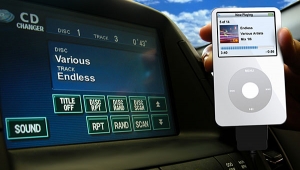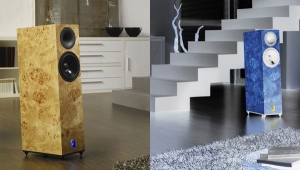| Columns Retired Columns & Blogs |
At least a week! Continuously. I'm talking about major components not things like speaker cables and interconnects. Speakers especially need to be broken in. The capacitors in all components need to be "flexed" on a regular basis, ie, not sitting off for a long while without being exercised.


























